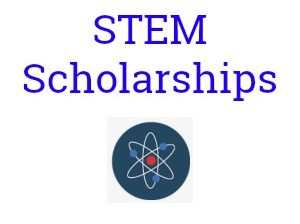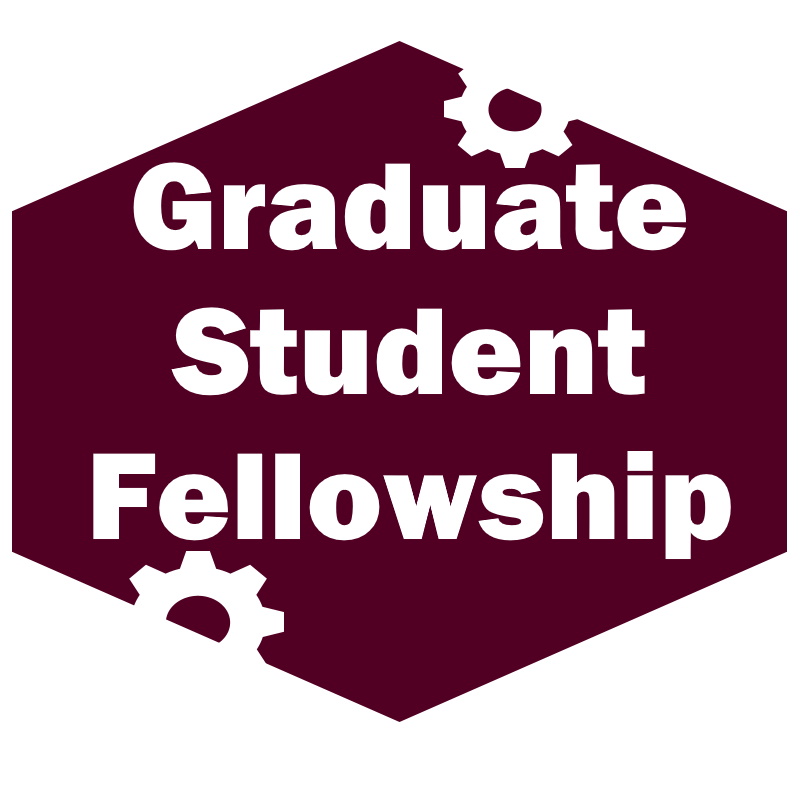STEM stands for Science, Technology, Engineering, and Mathematics. STEM scholarships are merit-based awards offered to students pursuing degrees in these fields. They are intended to help cover the cost of tuition and education-related expenses like books, supplies, lab fees, etc.
Many public and private organizations offer STEM scholarships to promote and support student achievement in fields related to science, technology, engineering, and math. These include government agencies, education foundations, non-profits, and corporations. With the growing demand for STEM skills and careers, securing STEM scholarship funding can help open doors to pursuing STEM degrees and careers.
Top Scholarship Programs for STEM Students
There are numerous STEM scholarship opportunities available from different sources. Here are some of the major STEM scholarship programs:
- Gates Millennium Scholars (GMS) Program: Funded by the Bill & Melinda Gates Foundation, this is one of the largest and most prestigious STEM scholarship programs. It provides full-tuition and expenses to outstanding minority students pursuing STEM and other majors.
- National Science Foundation Graduate Research Fellowship Program: This federally-funded program awards three years of support for graduate studies leading to a research-based master’s or doctoral degree in science or engineering.
- Intel Science Talent Search: An annual competition for high school seniors rewarding $100,000 to top finishers pursuing STEM degrees. Regional and state-level science fairs often offer STEM scholarship prizes as well.
- DoD SMART Scholarship: Sponsored by the U.S. Department of Defense, it aims to support students in STEM fields critical to national security. Students receive full tuition, summer internships, and a stipend.
- Anthropic AI Safety Scholars: This program awards $50,000 scholarships to undergraduate and graduate students working on AI safety research and policy.
Along with these major awards, many state education agencies, smaller non-profits, scientific societies, and professional associations offer STEM-focused scholarships as well.
Eligibility Requirements for STEM Scholarships
While eligibility criteria may vary, most STEM scholarships share some common requirements:
- Pursuing an undergraduate or graduate degree in a designated STEM field like engineering, computer science, physical sciences, life sciences, mathematics, etc.
- Maintaining a minimum GPA, often 3.0 or higher on a 4.0 scale.
- Being a U.S. citizen or permanent resident. Some may accept international students as well.
- Applying with an essay, transcripts, letters of recommendation, and resume/CV highlighting relevant academics and extracurriculars.
- Meeting other criteria like being from an underrepresented group, intending to work in a targeted field after graduation, demonstrating leadership potential, etc. as specified by the award.
- Regularly meeting conditions like maintaining satisfactory academic progress, submitting progress reports, and not engaging in prohibited conduct.
Application Process and Deadlines
The application process and deadlines vary depending on the scholarship program. However, some common steps involved include:
- Research available STEM scholarship opportunities matching your eligibility.
- Preparing application documents well in advance as per requirements. This includes essays, recommendations, FAFSA/financial information, etc.
- The application deadline is usually in the fall/winter of the following academic year. However, some prestigious national awards may have deadlines as early as November-January.
- Submitting complete applications by the published deadline. Missed deadlines almost always result in disqualification.
- Selection processes may include additional rounds like interviews before final awards are made in late spring/early summer.
- Awarded students must formally accept and may need to submit enrollment verification to receive scholarship disbursements.
Following application instructions closely and meeting deadlines are crucial for STEM scholarship consideration and selection. Starting early gives applicants the best chance of putting together a competitive package.
How to Boost Your Chances of Getting a STEM Scholarship
While no guarantees, there are certain steps one can take to strengthen a STEM scholarship application:
- Pursue challenging STEM course loads and Advanced Placement/International Baccalaureate tests in high school.
- Participate in STEM extracurriculars like science fairs, robotics clubs, and coding teams to demonstrate passion and skills.
- Secure strong letters of recommendation from STEM teachers able to speak to academic abilities and potential.
- Highlight any STEM internships, research projects, or work experience on your resume.
- Target scholarships focusing on your specific interests and career goals within STEM.
- Provide a well-written personal statement articulating aspirations, overcoming obstacles, and potential impact in the field.
- Meet with your high school guidance counselor and research STEM faculty at target colleges for application advice.
- Consider volunteering or leadership roles to showcase well-roundedness beyond academics.
Following best practices and stand out from other deserving candidates helps qualified STEM students secure valuable scholarship funding for their education goals. Early preparation is key to gaining a competitive edge.
All the best!!!





